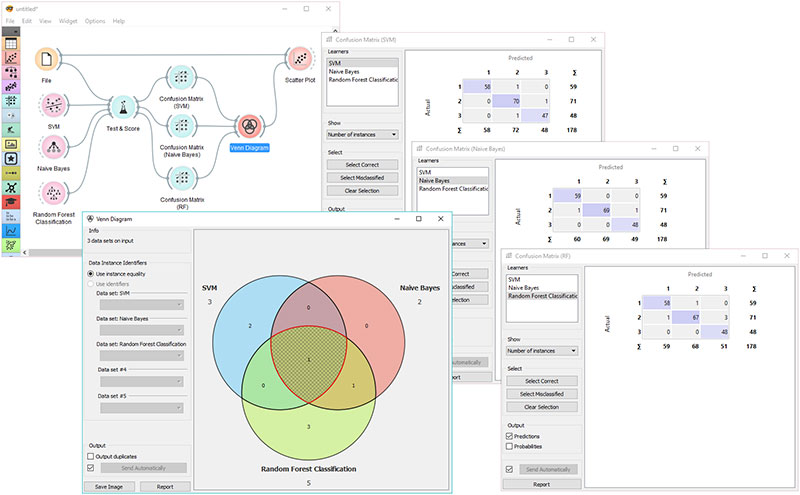Pulse of Information
Your source for the latest insights and updates.
Seeing is Believing: Transforming Data into Stunning Visuals
Unlock the power of data! Discover how to create stunning visuals that captivate and inform. Transform your insights today!
The Power of Data Visualization: Turning Numbers into Narratives
In today's data-driven world, data visualization has emerged as a crucial tool for transforming complex numbers into compelling narratives. By utilizing graphs, charts, and interactive dashboards, businesses can present their data in a way that is not only aesthetically pleasing but also easily digestible. This ability to convey data visually allows stakeholders to identify trends, patterns, and anomalies quickly—a process that can significantly enhance decision-making. Effective data visualization turns raw data into insightful stories, making it easier to communicate findings to audiences of various backgrounds and expertise levels.
Furthermore, the power of data visualization lies in its capacity to engage the audience emotionally and intellectually. When data is presented visually, it creates a narrative that resonates with viewers, paving the way for deeper understanding and retention. For instance, consider how a well-designed infographic can summarize extensive reports into easily comprehendible segments or how a dynamic dashboard can allow real-time interaction with the data. By harnessing the power of visuals, organizations not only simplify their data but also enhance their ability to influence and inform, ultimately leading to more strategic outcomes and better resource allocation.

Top Tools for Creating Stunning Data Visuals
Creating stunning data visuals is essential for conveying complex information effectively. Among the top tools available, Tableau stands out for its user-friendly interface and powerful capabilities. It allows users to create interactive and shareable dashboards that illustrate trends and patterns in data with ease. Another noteworthy tool is Power BI, which integrates seamlessly with Microsoft products and offers robust analytics and reporting functionality. Both of these tools empower users to transform raw data into engaging visuals that enhance storytelling and decision-making.
In addition to Tableau and Power BI, other tools worth mentioning include Google Data Studio and Infogram. Google Data Studio enables users to create customizable reports and dashboards, making it a preferred choice for marketers who need to visualize campaign performance. Meanwhile, Infogram excels in creating infographics, charts, and reports quickly, catering to non-designers who wish to produce professional-looking visuals. By leveraging these top tools, businesses can elevate their data presentation, ultimately improving audience engagement and comprehension.
How to Choose the Right Chart Type for Your Data Story
Choosing the right chart type is crucial for effectively conveying your data story. Different types of charts serve different purposes, and understanding these distinctions can enhance your audience's comprehension. For instance, bar charts are ideal for comparing quantities across categories, while line charts are better suited for displaying trends over time. Consider the nature of your data and what you aim to illustrate before making a decision. Here are a few tips:
- Analyze the data you have.
- Determine the story you want to tell.
- Select a chart type that best fits the message.
Another critical factor in choosing the right chart type is the audience's familiarity with different visual formats. Some viewers may find complex charts, such as scatter plots or heat maps, challenging to interpret, whereas simpler charts, like pie charts, are more accessible for those unfamiliar with data visualization. Keep your audience in mind and ensure that the chart type aligns with their knowledge level. A well-chosen chart not only makes your data story more engaging but also ensures that your key insights resonate with your readers.